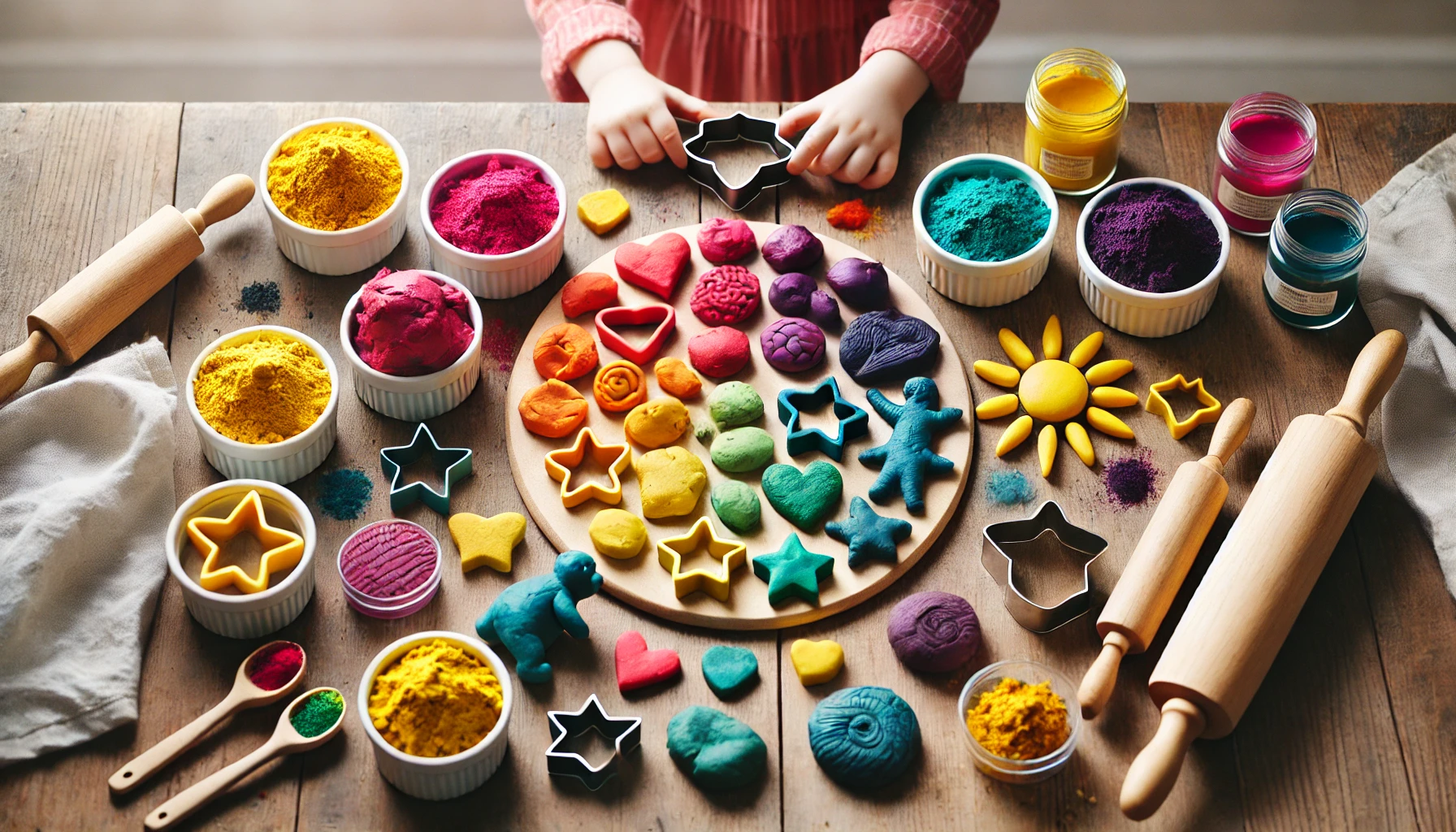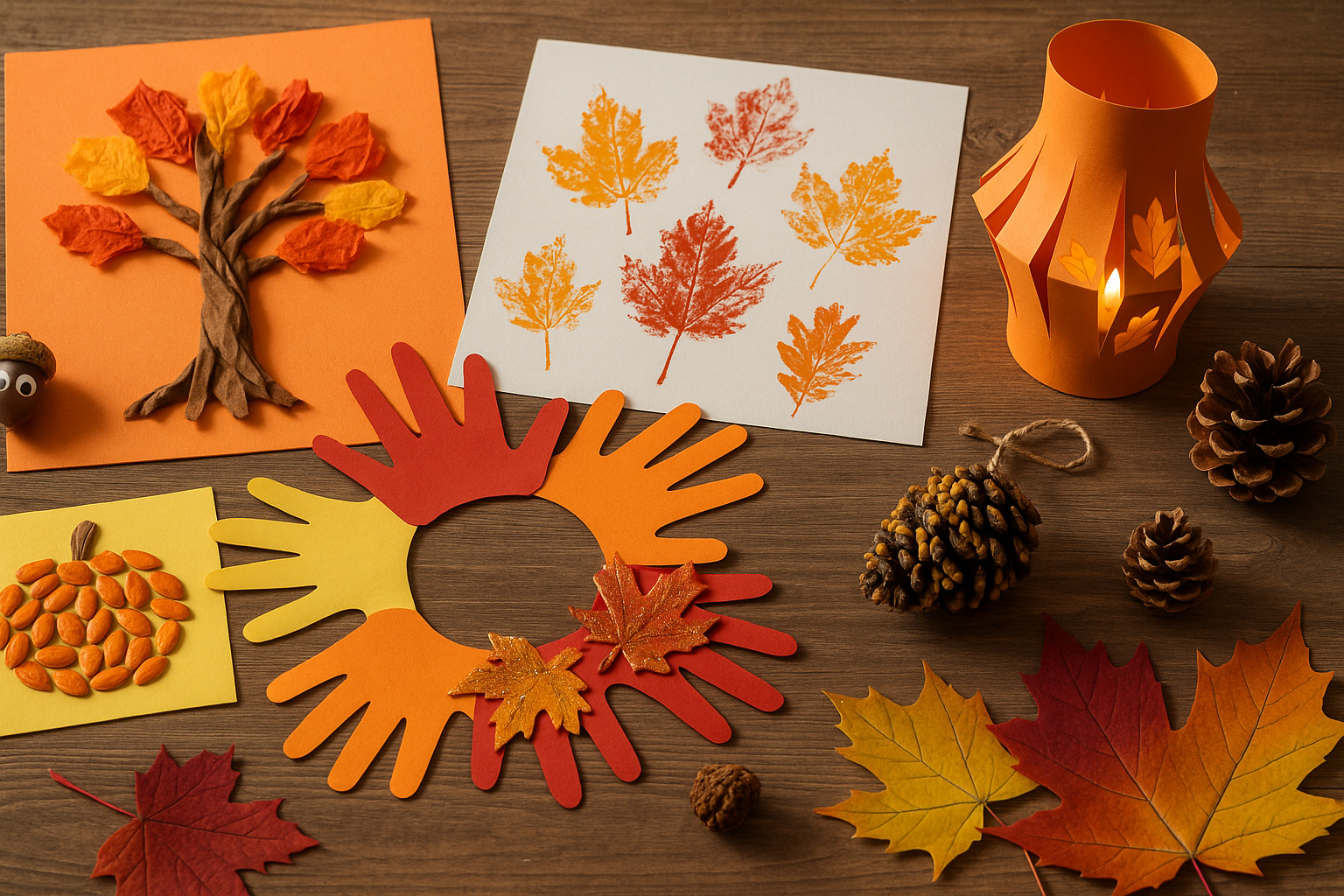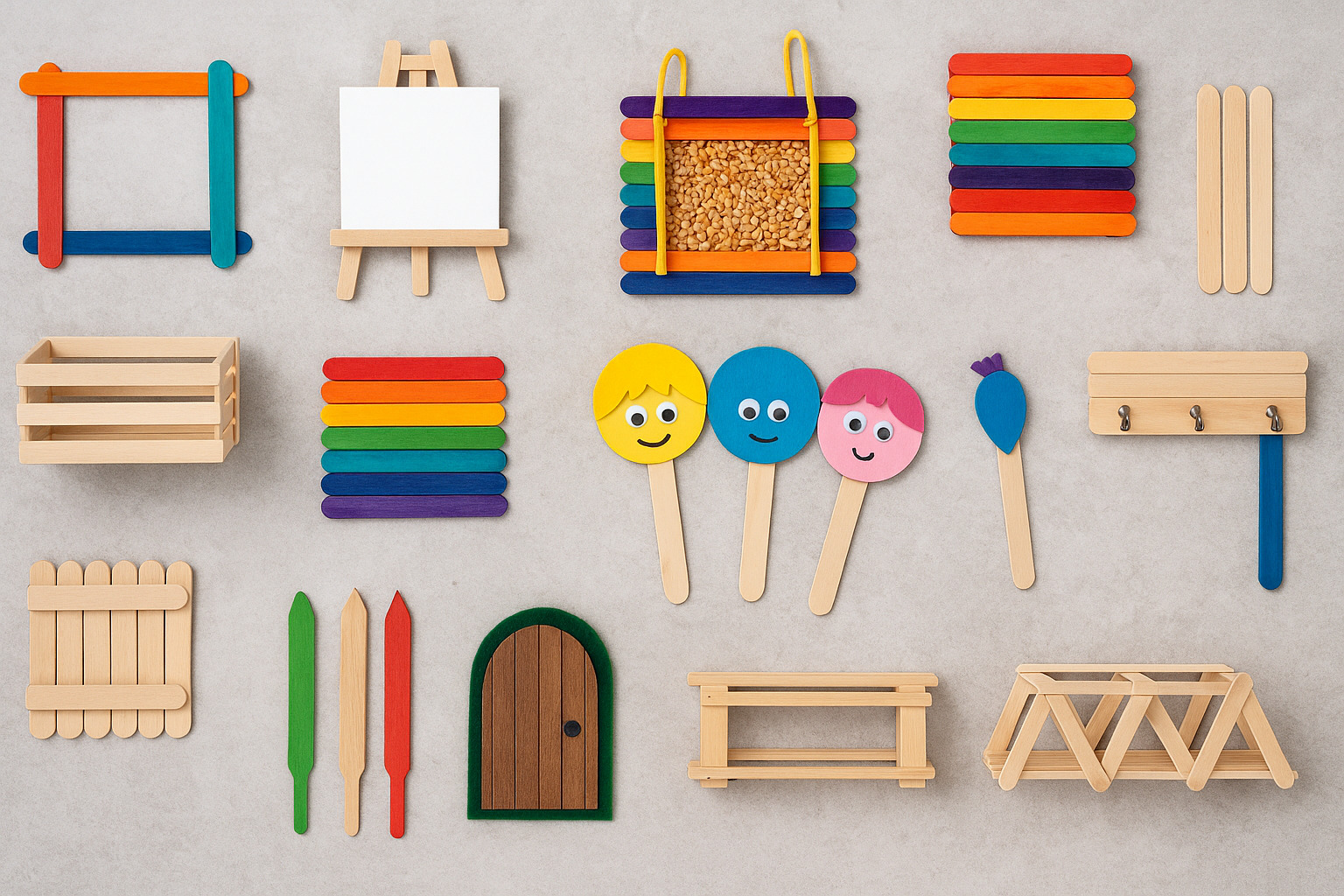Playdough isn’t just a fun activity for kids—it’s a childhood essential. The squishy, moldable texture sparks creativity, keeps little hands busy, and even helps with motor skills. But store-bought playdough? That often comes with artificial dyes, preservatives, and questionable chemicals. What if you could make your own with simple, natural ingredients you already have in your kitchen?
Yes, it’s possible! And the best part? It’s easy, safe, and even more fun than the store-bought stuff. This guide will walk you through making homemade playdough using ingredients that are safe enough to eat (though it won’t taste great!). You’ll also get some clever tips for natural coloring, longer-lasting dough, and unique add-ins to make playtime even better.
Why Make Your Own Playdough?
Before we get into the recipe, let’s talk about why homemade playdough is worth it.
- No mystery ingredients – You control exactly what goes in. No synthetic dyes or preservatives.
- Safe for little ones – Even if your toddler takes a taste (because they will), you know it’s non-toxic.
- Customizable – Pick the colors, scents, and textures you love.
- Cost-effective – Way cheaper than constantly buying new tubs of playdough.
- Eco-friendly – No plastic containers, and you can compost the dough when it’s time to toss it.
Now, let’s get to the fun part—making it!
Basic Homemade Playdough Recipe
This is your go-to all-natural playdough recipe. It’s soft, lasts for weeks, and feels just like store-bought dough.
Ingredients
- 2 cups flour (any kind, but all-purpose works best)
- 1/2 cup salt (helps preserve it)
- 2 tbsp cream of tartar (makes it extra soft, but you can skip it)
- 2 tbsp oil (olive, coconut, or vegetable)
- 1 cup warm water
- Natural colorings (see below for ideas)
Instructions
- In a pot, mix the flour, salt, and cream of tartar.
- Add the oil and water. Stir well.
- Cook over low heat, stirring constantly. The dough will start to thicken. Keep stirring until it forms a ball.
- Remove from heat and let it cool slightly.
- Knead for a few minutes until it’s smooth. If it’s sticky, add a little more flour. If it’s too dry, knead in a few drops of water.
Store it in an airtight container or ziplock bag. It’ll stay soft for weeks!
Natural Ways to Color Your Playdough
Artificial food coloring isn’t the only way to add color. Nature has plenty of safe, vibrant options!
Plant-Based Colorings
- Red/Pink – Beet juice or pomegranate juice
- Orange – Carrot juice or turmeric (small amount!)
- Yellow – Turmeric mixed with a little water
- Green – Spinach or matcha powder
- Blue – Blueberry juice or red cabbage water (boil cabbage, then add baking soda)
- Purple – Purple sweet potato water or grape juice
How to Add Natural Colors
- For liquid colors, replace part of the water in the recipe with your natural dye.
- For powdered colors, mix them into the dry ingredients before adding the water.
Adding Scent for Extra Fun
Why stop at color? Scented playdough makes the experience even better. Try these natural scents:
- Vanilla extract for a warm, comforting smell
- Cinnamon or pumpkin spice for a cozy autumn scent
- Cocoa powder for chocolatey dough
- Lemon zest or orange zest for a fresh citrus kick
- Lavender buds for a calming effect
- Peppermint extract for a holiday feel
How to Make Your Playdough Last Longer
Homemade playdough doesn’t have preservatives like store-bought versions, so a little extra care will keep it fresh.
Storage Tips
- Keep it airtight – Air exposure dries it out. Store in a sealed container or ziplock bag.
- Refrigerate if needed – If you live in a hot climate, the fridge helps it last longer.
- If it dries out – Add a few drops of water and knead it back to life.
- If it gets sticky – Dust with a little flour and knead again.
Unique Playdough Add-Ins
Want to take it up a notch? Try these fun add-ins for an extra sensory experience.
- Glitter – For a magical sparkle (use biodegradable glitter for an eco-friendly option).
- Dried herbs – Lavender, chamomile, or rosemary for calming sensory play.
- Rice or beads – Adds texture for a different feel.
- Glow-in-the-dark powder – Safe, non-toxic versions exist, making nighttime play extra fun!
- Essential oils – A drop of lavender or peppermint makes it smell amazing (but avoid strong oils for very young kids).
Fun Playdough Activities
Once your playdough is ready, here are some creative ways to use it:
- Letter and shape stamping – Use cookie cutters or alphabet stamps for learning activities.
- Hidden treasures – Hide small toys or beads inside and let kids dig them out.
- Dinosaur fossils – Press toy dinosaurs into the dough for cool imprints.
- Color mixing – Start with primary colors and let kids experiment with blending new shades.
- Play bakery – Roll out pretend cookies or cupcakes and “decorate” them.
Can You Make Gluten-Free Playdough?
Yes! If you need a gluten-free option, swap out regular flour for:
- Rice flour
- Cornstarch
- Tapioca flour
- A gluten-free all-purpose blend
The texture might be a little different, but it still works great!
Final Thoughts
Making your own homemade playdough isn’t just about avoiding chemicals—it’s about creating something safe, fun, and personalized. With natural colors, scents, and textures, you can turn a simple play activity into a full sensory experience.
So grab a bowl, mix up a batch, and enjoy some messy, hands-on fun with the kids. It’s more than just a craft—it’s a memory in the making!




